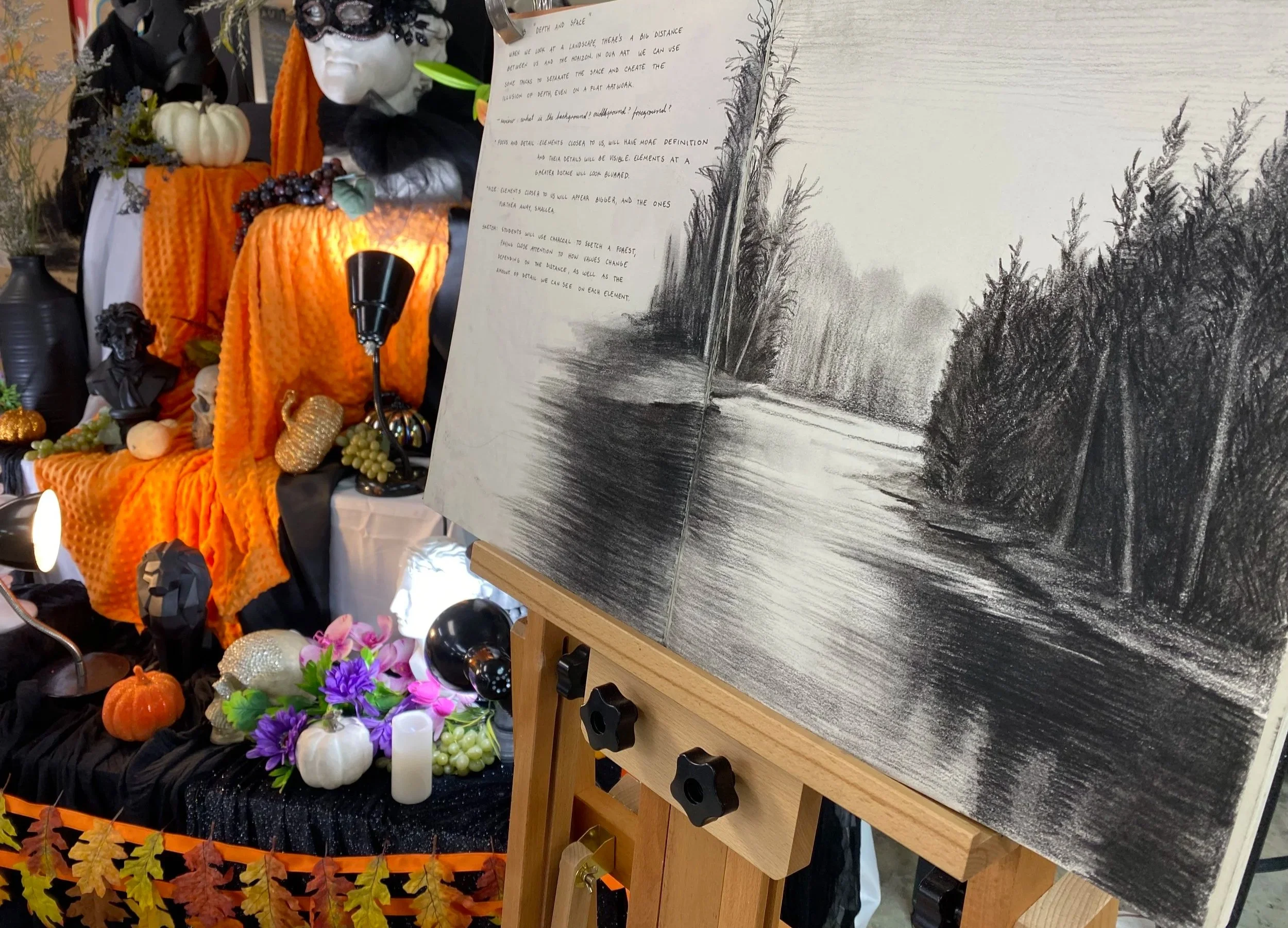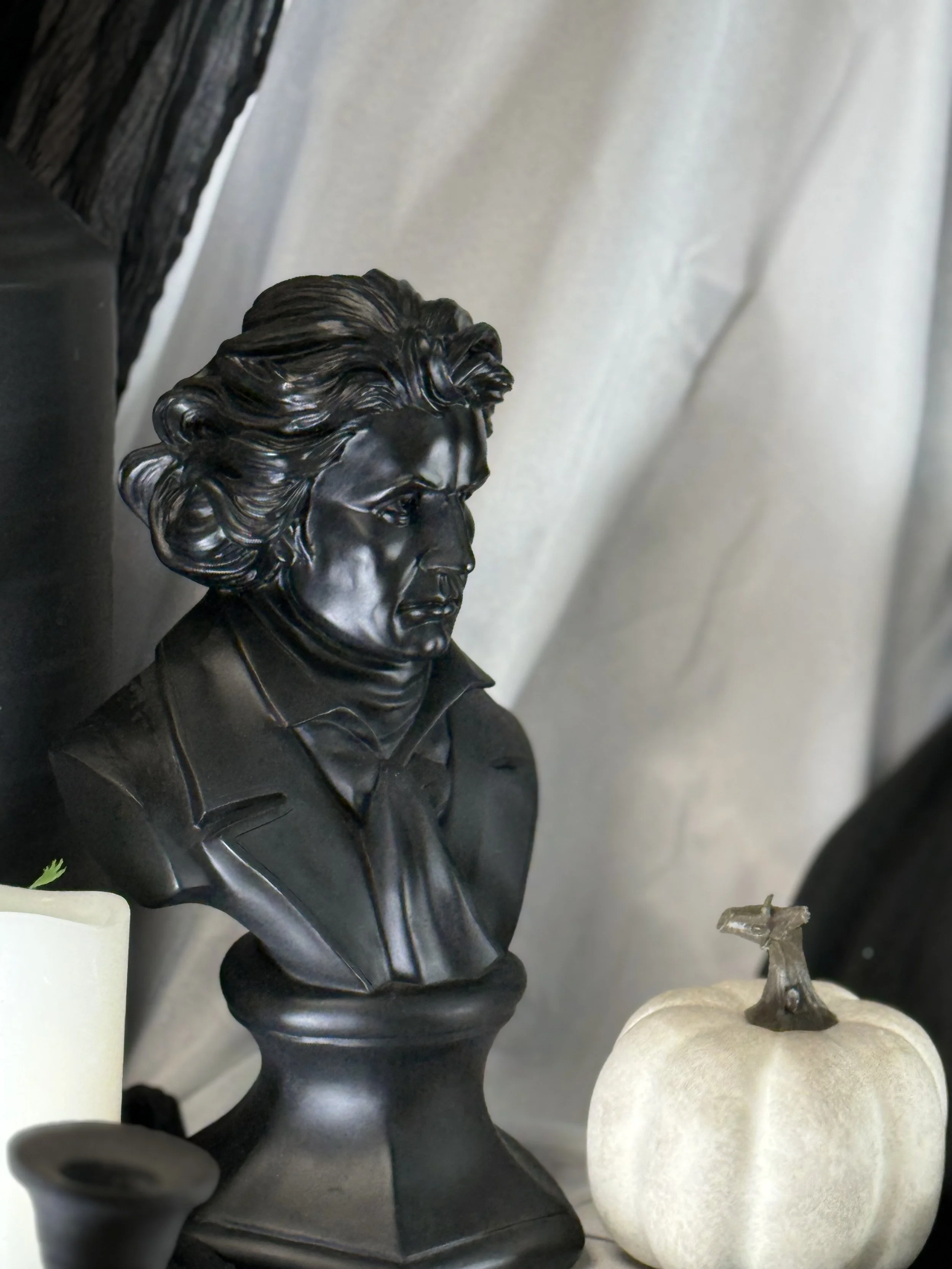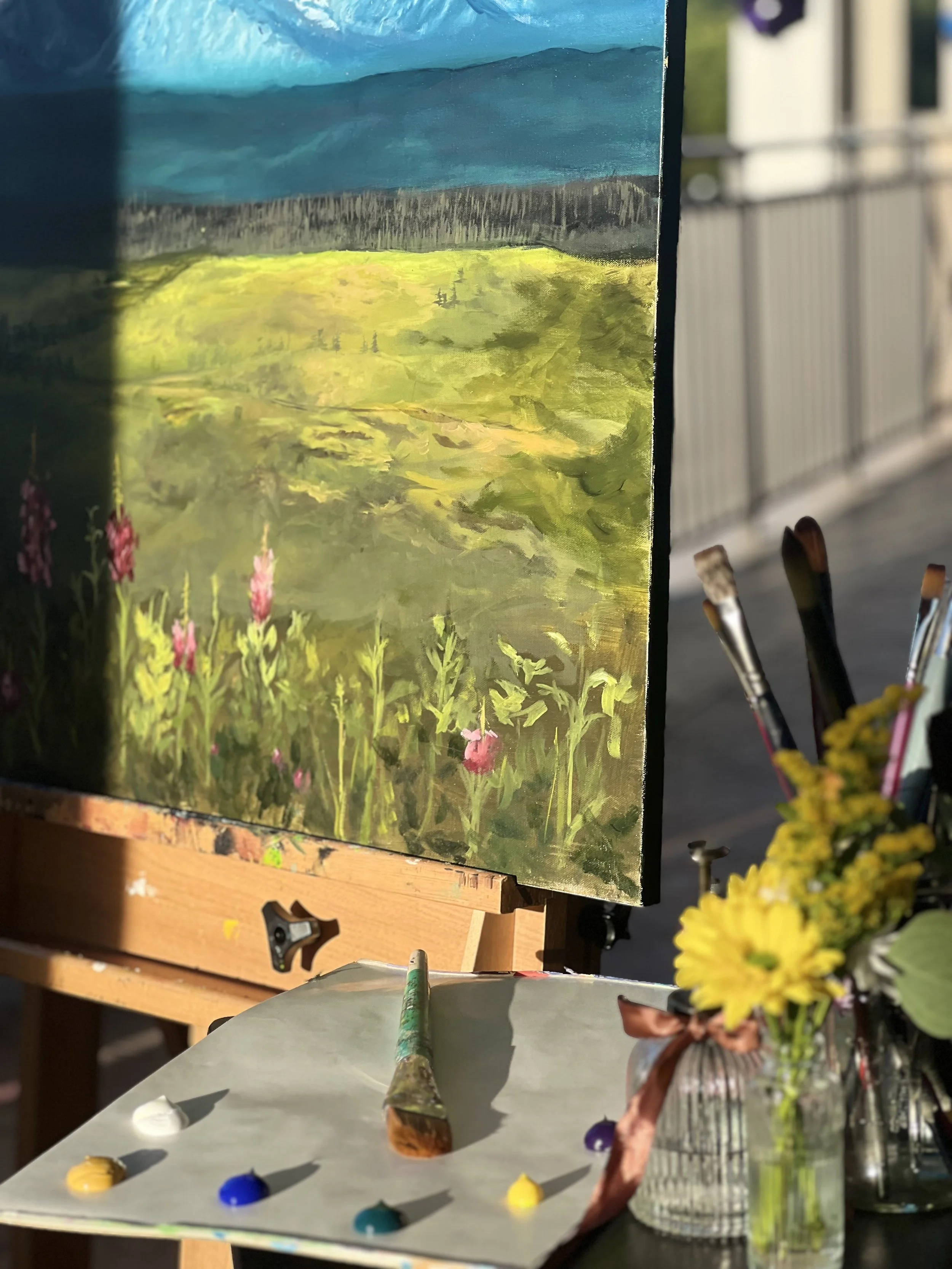Through the Looking Glass: Navigating Depth and Space
Welcome to the captivating world of depth and space in visual art! These concepts are like the secret ingredients that transform flat, two-dimensional artworks into immersive experiences. Artists use a variety of techniques to create the illusion of three-dimensionality, making our eyes dance and our imaginations soar.
One of the coolest tricks in the artist’s toolkit is perspective. Think of linear perspective as the magic wand, to create a vanishing point where parallel lines meet artists can make objects look like they’re stretching out into the distance. Then there’s atmospheric perspective, where colors fade and soften as they recede, making faraway objects feel like they're mysteries to be uncovered.
Artists also play with overlapping shapes and sizes; larger objects pop out at you, while smaller ones seem to fade into the background. And let’s not forget about texture! The more detailed an area is, the closer it feels, while smooth, less detailed sections drift further away.
By diving into the world of depth and space, students can only boost their appreciation for art, and also unlock their creativity, learning to lead viewers on a visual adventure through their own artistic landscapes.
The Magic of Layers
In the realm of visual art, the concepts of background, middle ground and foreground are crucial for creating depth and storytelling. The foreground is where the action happens; it’s the part of the artwork that feels the closest to the viewer. Artists often place key subjects or vibrant details in the foreground to draw the viewer’s eye and evoke strong emotions. Think of it as the spotlight on a stage, showcasing the main characters or elements of the narrative.
Taking a step back, the middle ground serves as a bridge between the foreground and background. This area often contains supporting elements that add context and the first look at depth to the scene. It’s where the eye transitions, allowing viewers to explore the relationships between foreground subjects and the more distant background.
Finally, the background sets the stage, providing context and atmosphere. It often features softer colors and less detail, creating a sense of distance and framing the central action. Together, these three layers work harmoniously to guide the viewer’s journey through the artwork, transforming a flat surface into a dynamic experience that invites exploration and interpretation. Understanding these spacial elements helps developing artists craft their own visual stories, making their creations more engaging and immersive.
Lines of Wonder
A powerful technique that artists use to develop depth is linear perspective. This method involves creating a vanishing point on the horizon line, where parallel lines converge. By employing linear perspective, artists can simulate how objects appear smaller as they move further away, effectively creating an illusion of three-dimensional space on a flat surface. To start, artists establish a horizon line that represents the viewers eye level. They then determine one or more vanishing points along this line, drawing lines that represent edges of objects or pathways towards the vanishing point.
Using linear perspective, artists can enhance the arrangement of foreground, middle ground, and background in their work. In the foreground, they might place vibrant details or key subjects that draw the viewer in. The middle ground serves as a transition, guiding the eye from the foreground to the background, often featuring elements that add depth and context within the space. The background, with its more muted colors and less intricate details, helps to establish a sense of space and can evoke emotions or set the entire mood for the piece.
By mastering these concepts, artists can create visually engaging compositions that invite viewers on a journey through different layers of meaning and emotion. Understanding how to use depth, space and linear perspective not only enriches the creation of art but also deepens the appreciation for the work of others.
In the Studio
This week, students will use charcoal to sketch a forest, focusing on how values shift with distance and the varying levels of detail visible in each element. They will practice observing how objects in the foreground appear darker and more detailed, while those in the background become lighter and softer. By experimenting with shading techniques and contrast, students will learn to create a sense of depth and space in their drawings, bringing their forest scenes to life with an engaging three-dimensional quality.






